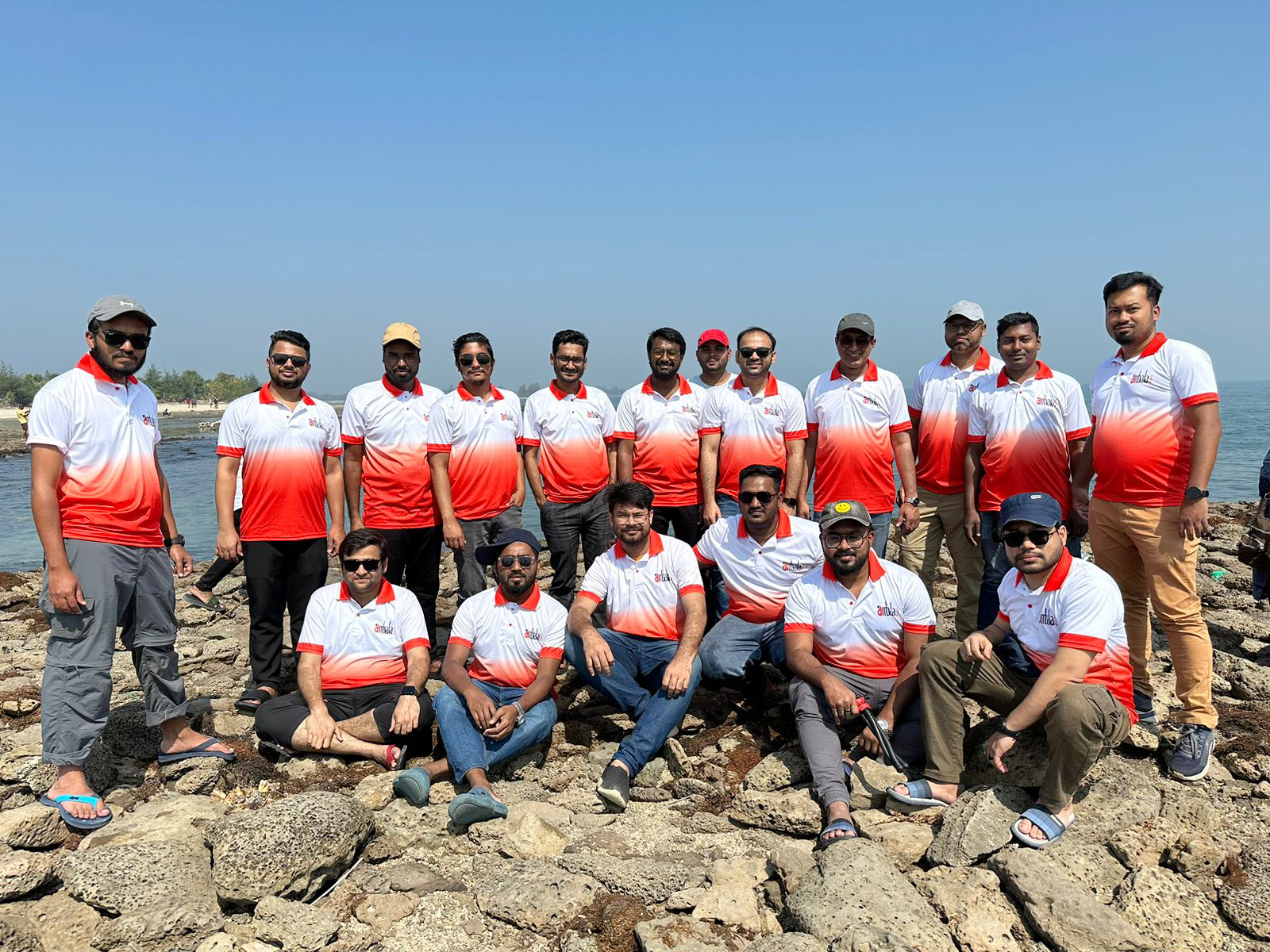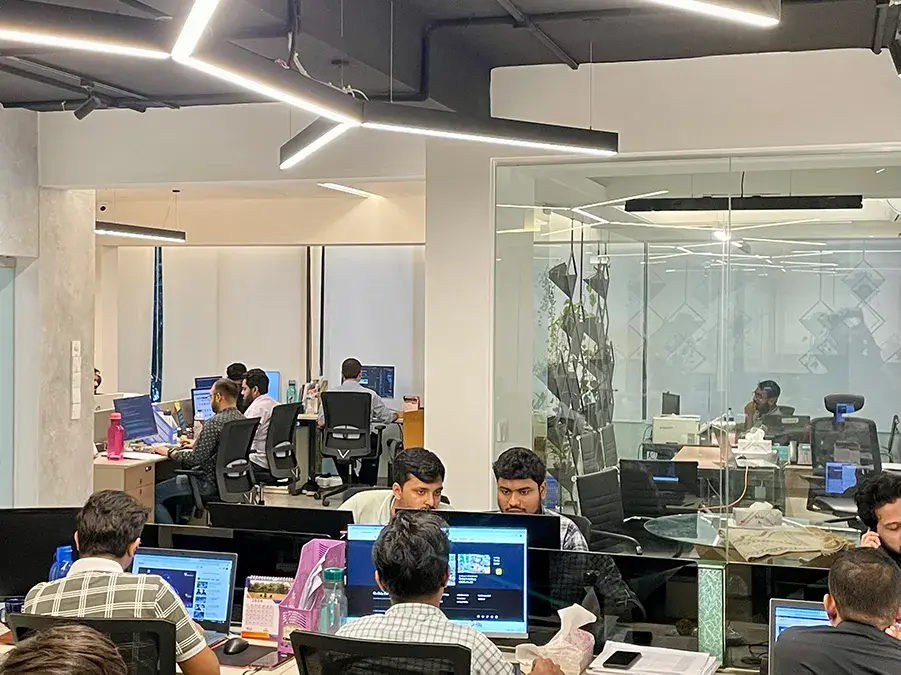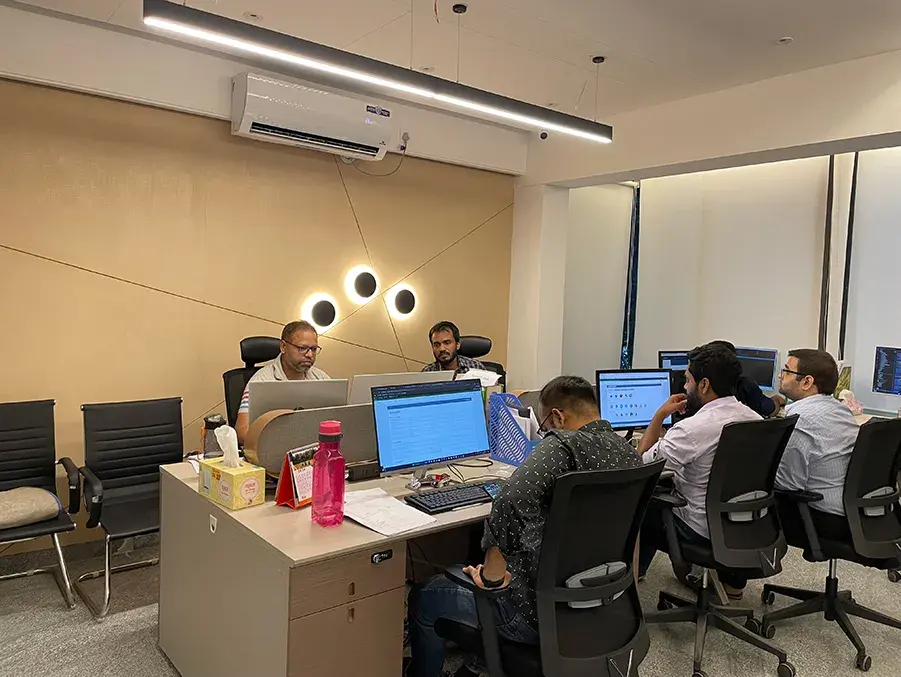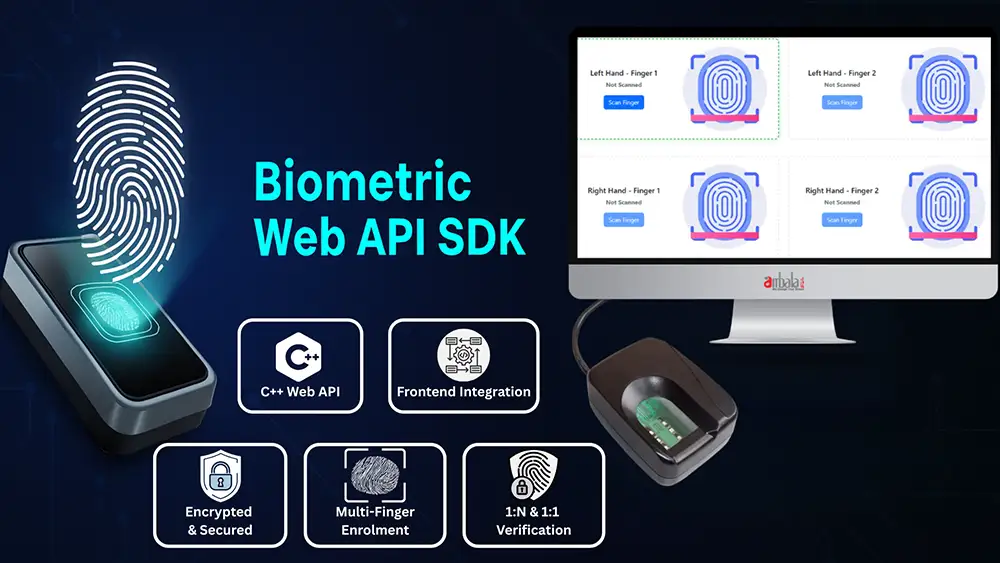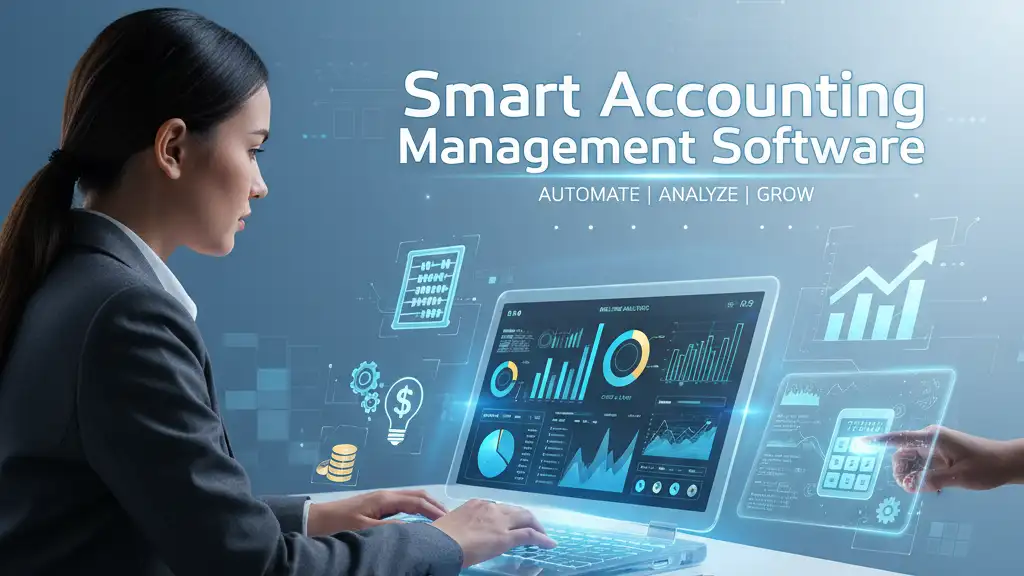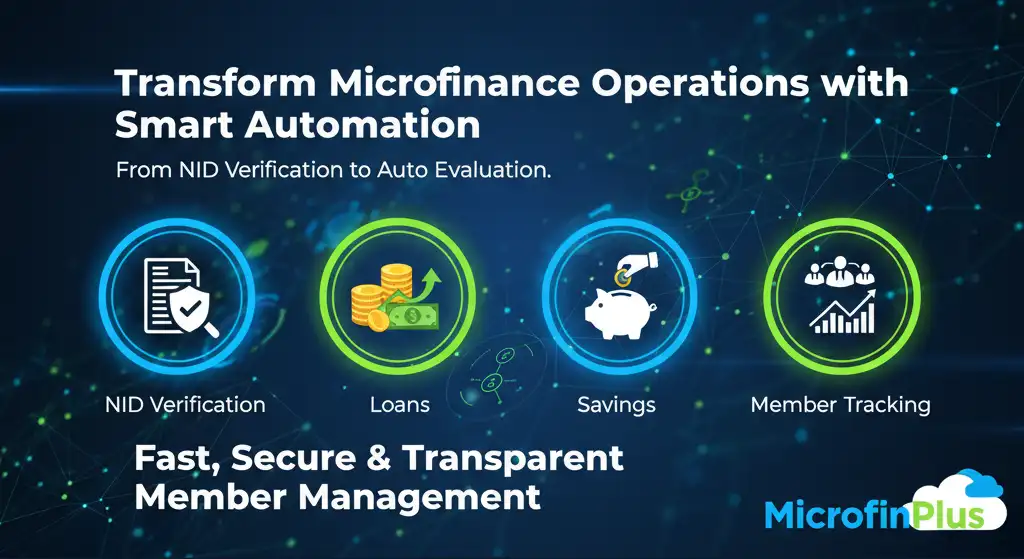
The Future of Software Development: What to Expect in the Next 5 Years
The software development landscape is evolving at breakneck speed, driven by advancements in AI, quantum computing, and decentralized systems. Understanding these trends isn't optional for organizations aiming to stay competitive—it’s imperative. Here’s a deep dive into what the next five years will bring and how your business can prepare.
1. AI-Driven Development: From Assistants to Architects
Trend: AI tools like GitHub Copilot are already automating code generation, testing, and debugging. By 2029, AI will evolve into a collaborative partner, handling complex tasks such as system design and optimization.
Impact:
- Faster Development Cycles: AI reduces boilerplate coding, freeing developers to focus on innovation.
- Shift in Roles: Developers will transition from writing code to curating AI outputs and overseeing architecture.
- Actionable Insights:
- Invest in AI-powered tools (e.g., ChatGPT for documentation, AI-based testing suites).
- Upskill teams in AI collaboration and ethical oversight.
2. Low-Code/No-Code: Democratizing Development
Trend: Platforms like OutSystems and Microsoft Power Apps empower "citizen developers" to build apps, accelerating digital transformation.
Impact:
- Rapid Prototyping: Business teams can iterate solutions without heavy IT reliance.
- Scalability Challenges: Professional developers will tackle integration and performance optimization.
- Actionable Insights:
- Adopt low-code tools for non-core workflows.
- Foster collaboration between business units and IT to balance agility with technical rigor.
3. Quantum Computing: Beyond the Hype
Trend: Quantum computing will transition from theory to niche applications, revolutionizing cryptography, optimization, and drug discovery.
Impact:
- New Roles: Quantum algorithm developers and security experts will emerge.
- Early Adoption: Industries like finance and healthcare will pilot quantum solutions.
- Actionable Insights: Partner with quantum providers (IBM, Google Quantum) for R&D. Audit encryption methods to prepare for quantum-resistant algorithms.
4. DevOps Evolution: AIOps, Edge, and DevSecOps
Trend: DevOps will integrate AIOps for more intelligent automation, while edge computing reduces latency. DevSecOps becomes standard, embedding security in CI/CD pipelines.
Impact:
- Faster Deployments: Serverless architectures (AWS Lambda) and microservices dominate.
- Resilient Systems: AI predicts outages; edge computing supports IoT growth.
Actionable Insights:
- Prioritize toolchains that unify DevOps and security.
- Explore edge use cases (real-time analytics, AR/VR).
5. AR/VR and Spatial Computing: The New Frontier
Trend: Apple Vision Pro and Meta Quest 3 are catalyzing immersive tech adoption. Expect demand for 3D modeling, real-time collaboration tools, and spatial analytics.
Impact:
- New Markets: Healthcare, education, and remote work will leverage AR/VR.
- Tooling Gaps: Developers need frameworks like Unity and WebXR.
Actionable Insights:
- Pilot AR/VR for training or customer engagement.
- Hire talent with 3D design and physics engine expertise.
6. Ethical AI and Regulatory Compliance
Trend: Bias audits, transparency, and GDPR-like regulations will shape AI deployment.
Impact:
- Trust as a Differentiator: Ethical AI practices enhance brand reputation.
- New Roles: AI ethicists and compliance officers join tech teams.
Actionable Insights:
- Implement fairness checks in ML models.
- Stay ahead of regulations with proactive governance frameworks.
7. Remote Collaboration 2.0: Async-First Workflows
Trend: Advanced tools (AI-powered code review, virtual whiteboards) will streamline global teams.
Impact:
- Talent Access: Hire globally but address timezone challenges.
- Security Risks: Secure code repositories and zero-trust networks are critical.
Actionable Insights:
- Adopt async communication tools (Slack, Loom).
- Double down on cybersecurity training.
8. Sustainability: Green Coding Practices
Trend: Energy-efficient algorithms and carbon-aware cloud computing gain traction.
Impact:
- Cost Savings: Optimized code reduces cloud spending.
- CSR Alignment: Sustainability becomes a competitive edge.
Actionable Insights:
- Audit codebases for energy waste.
- Choose providers with green data centers (Google Cloud, AWS).
9. Blockchain Beyond Crypto: Smart Contracts and dApps
Trend: Decentralized apps (dApps) will disrupt supply chain, finance, and identity management.
Impact:
- Trustless Systems: Smart contracts automate agreements securely.
- Skill Demand: Solidity developers and auditors are crucial.
Actionable Insights:
- Explore blockchain for transparency needs (e.g., supply chain).
- Prioritize security audits for smart contracts.
10. Hyper-Personalization with AI
Trend: AI-driven analytics will tailor user experiences in real-time.
Impact:
- Customer Loyalty: Personalized UX boosts engagement.
- Privacy Balancing Act: Anonymization techniques and compliance are key.
Actionable Insights:
- Invest in real-time data pipelines.
- Adopt privacy-by-design frameworks.
Conclusion: Adapt or Fall Behind
The next five years will reward agility. CTOs and decision-makers must:
- Experiment Early: Pilot AI, quantum, or blockchain projects.
- Upskill Strategically: Focus on AI collaboration, ethics, and emerging tech.
- Prioritize Security and Sustainability: These aren’t buzzwords—they’re business imperatives.
At Ambala IT, we’re here to guide your transition into this dynamic future. Let’s build software that’s not just functional, but visionary.
Ready to Future-Proof Your Strategy? [Contact Us Today].
